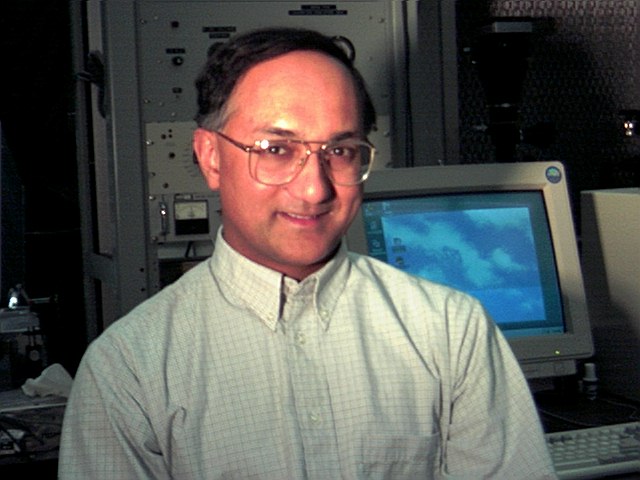Photonic band gap(PBG) materials [1,2] are artificial periodic dielectric mictrostructures capable of trapping light in 3D [3] on subwavelength scales without absorption loss. This offers new opportunities for efficient solar energy trapping and harvesting in suitably micro-structured thin films [4-6]. It also enables virtually complete control of the low of light on microscopic scales in a 3D optical chip [7-9] as well as very strong coupling of light to matter where desired. By further engineering the electromagnetic density of states [10-12], it is possible to realize unprecendented coherent optical control of the quantum state of resonant atoms or quantum dots [13,14].This defines fundamentally new strong-coupling regime for quantum optics.
I review some of the underlying physics and numerical approaches to describing light trapping in photonic crystals. I also discuss ongoing challenges to experimentally realize the consequences of this remarkable effect.
(Materiály s fotonickou pásovou mezerou (PBG) [1,2] jsou umělé periodické dielektrické mikrostruktury schopné zachytit světlo ve 3D [3] v subvlnových měřítcích bez absorpčních ztrát. To nabízí nové možnosti pro účinné zachycování a získávání sluneční energie ve vhodně mikrostrukturovaných tenkých vrstvách [4-6]. Umožňuje také prakticky úplnou kontrolu toku světla v mikroskopickém měřítku v 3D optickém čipu [7-9], stejně jako velmi silné spojení světla s hmotou tam, kde je to žádoucí. Dalším vylepšením elektromagnetické hustoty stavů [10-12] je možné dosáhnout bezprecedentní koherentní optické kontroly kvantového stavu rezonančních atomů nebo kvantových teček [13,14]. To definuje zásadně nový režim silné vazby pro kvantovou optiku.
Přehledně uvádím některé základní fyzikální a numerické přístupy k popisu zachycování světla ve fotonických krystalech. Rovněž diskutuji současné výzvy spojené s experimentální realizací důsledků tohoto pozoruhodného jevu.)
1. S. John, Physical Review Letters 58, 2486 (1987)
2. E. Yablonovitch, Physical Review Letters 58, 2059 (1987)
3. S. John, Physical Review Letters 53, 2169 (1984)
4. A. Chutinan and S. John, Physical Review A 78, 023825 (2005)
5. G. Demesy and S. John, J. Appl. Physics (in press)
6. A. Deinega and S. John, J. Appl. Physics (submitted)
7. A. Chutinan, S. John and O. Toader, Phys. Rev. Lett. 90, 123901 (2003)
8. A. Chutinan and S. John, Physical Review B 72, 161316 (2005)
9. A. Chutinan and S. John, Optics Express A 14, 1266 (2006)
10. D. Vujic and S. John, Physical Review A 76, 063814 (2007)
11. R.Z. Wang and S. John, Physical Review A 70, 043805 (2004)
12. R.Z. Wang and S. John, J. Photonics and Nanostructures(Elsevier) 2, 137 (2004)
13. Xun Mia and S. John, Physical Review Letters 103, 233601 (2009)
14. Xun Mia and S. John, Physical Review A 80, 063810 (2009)

